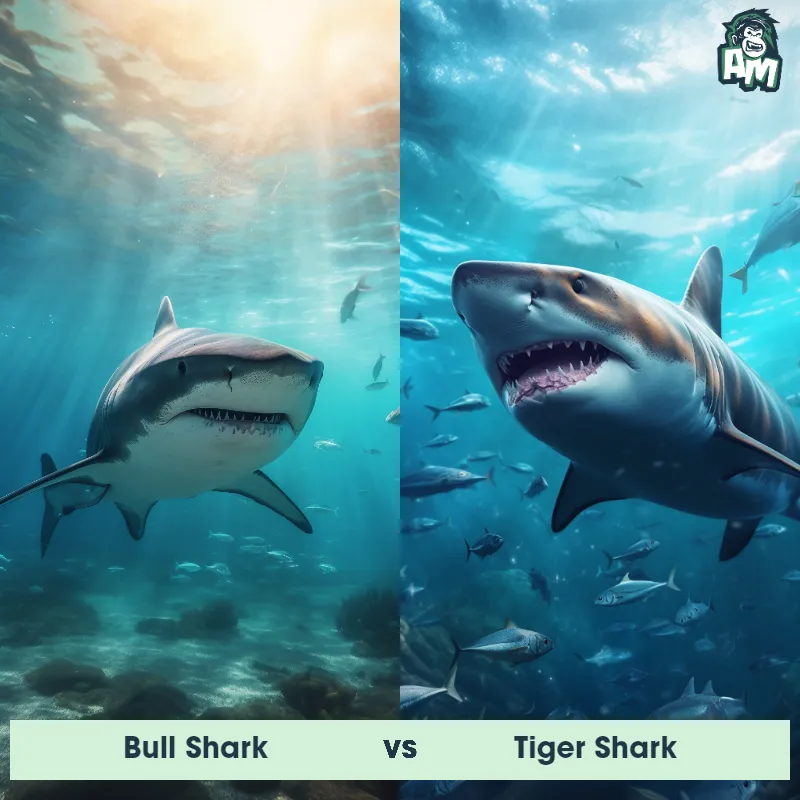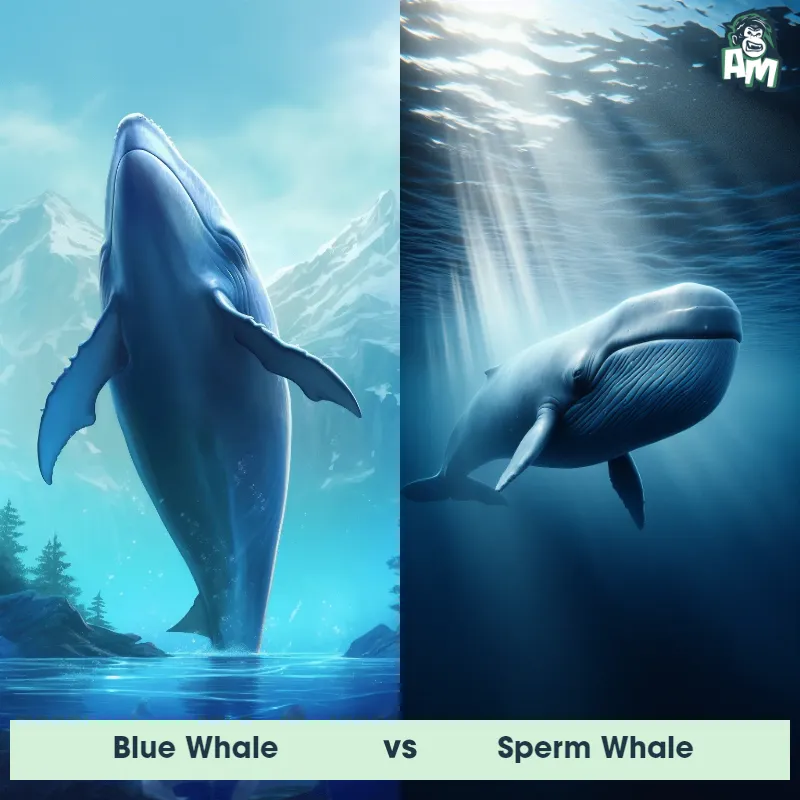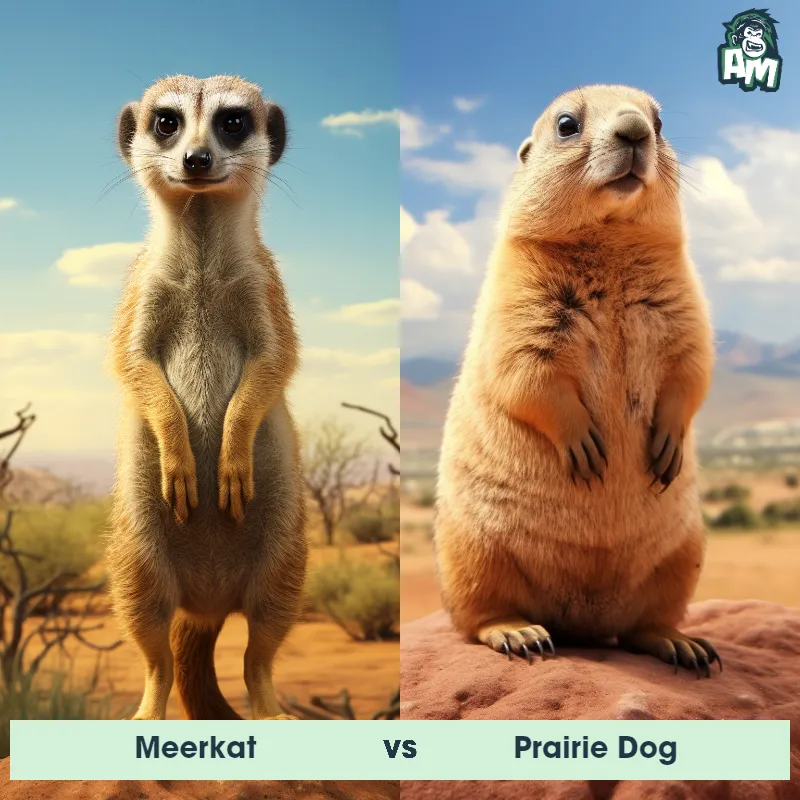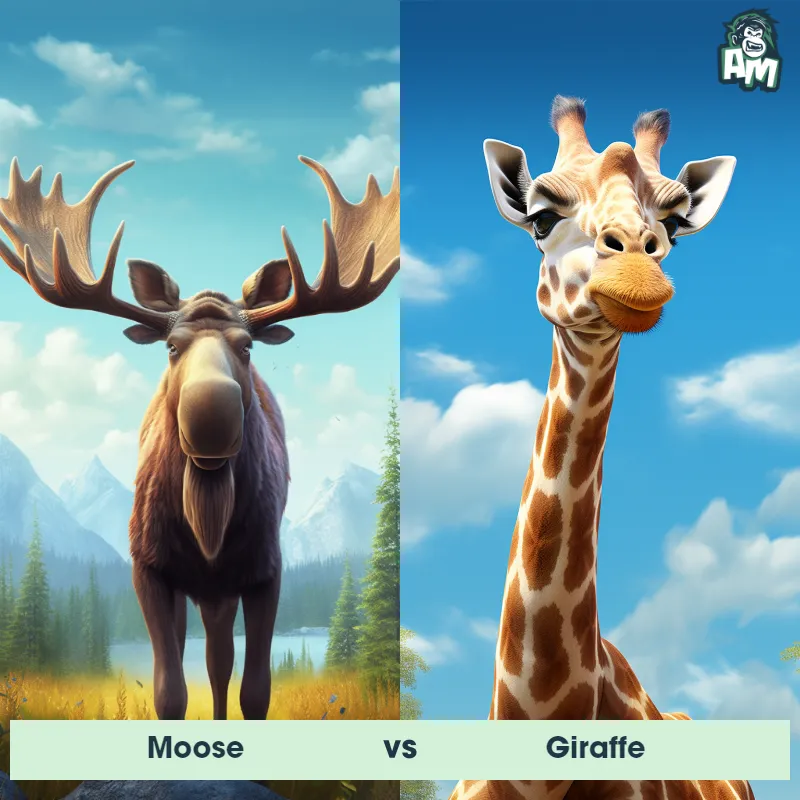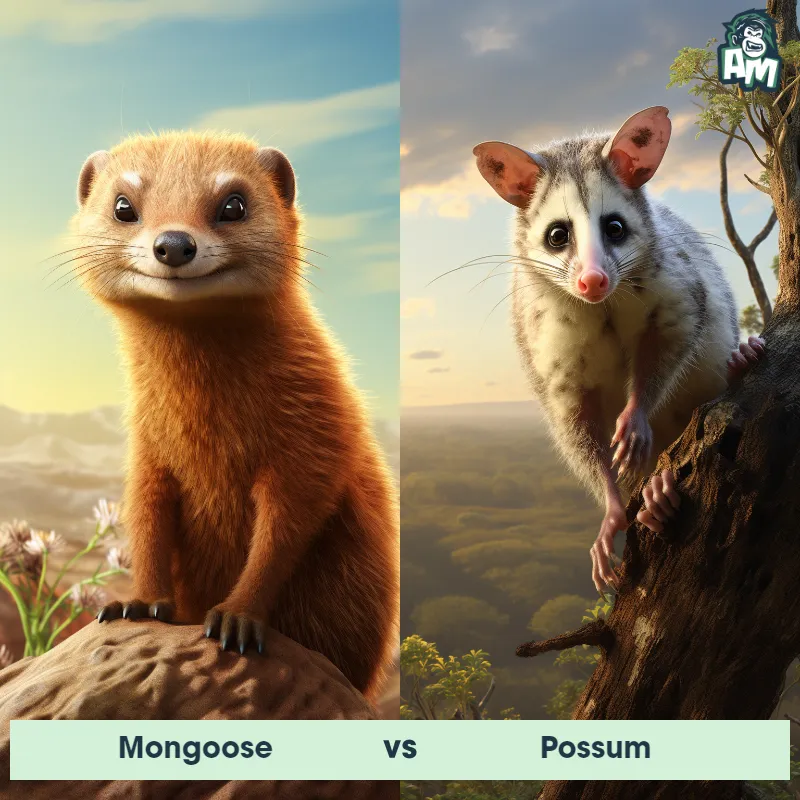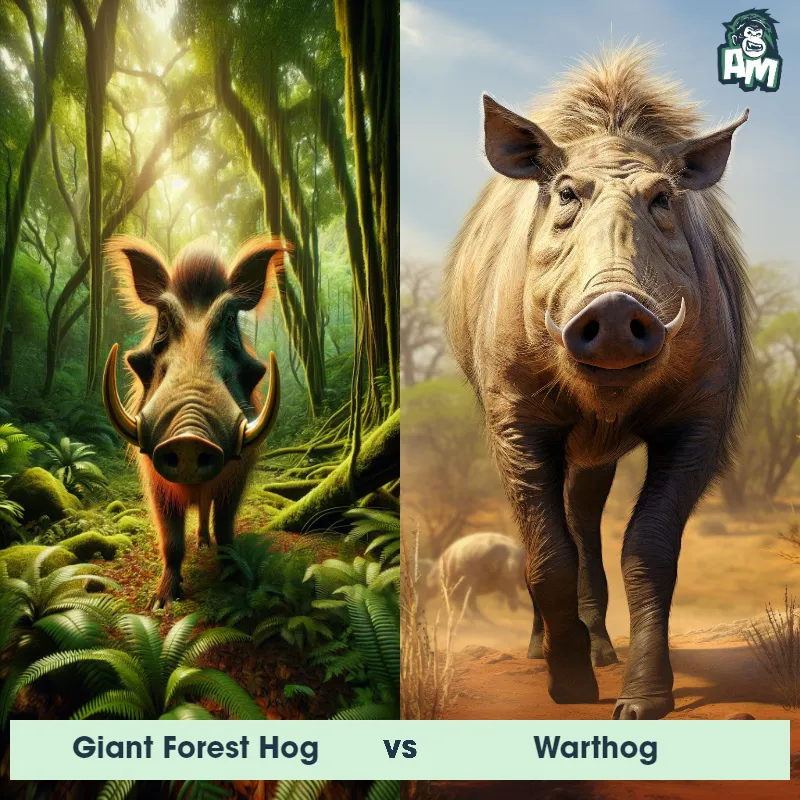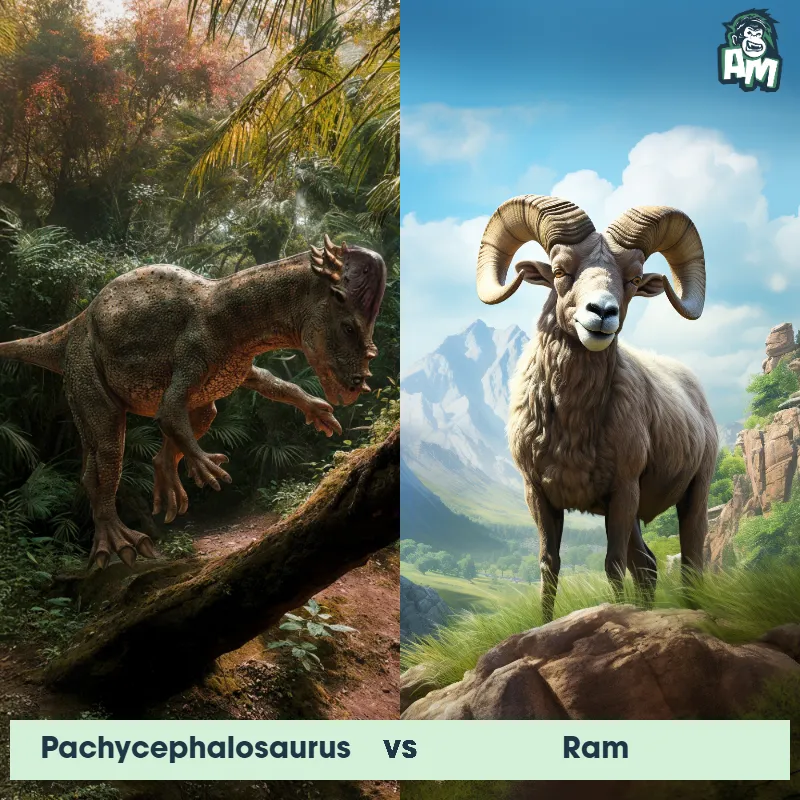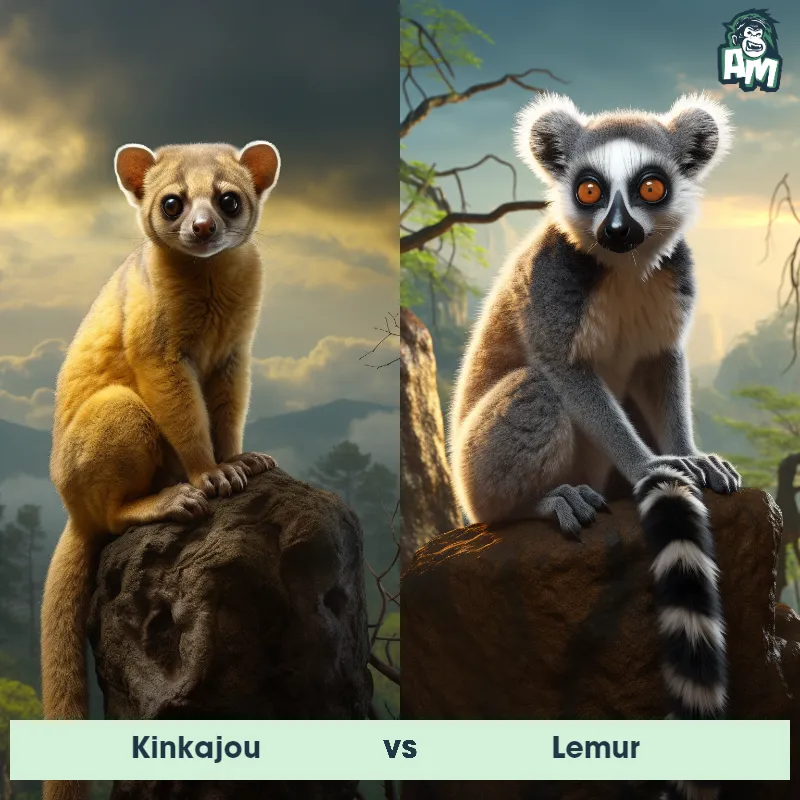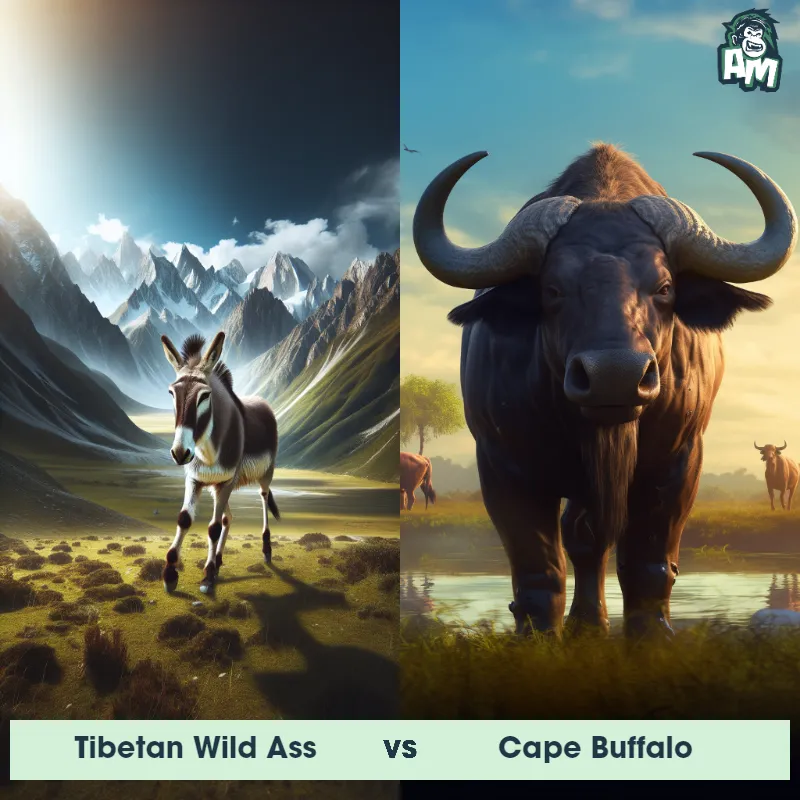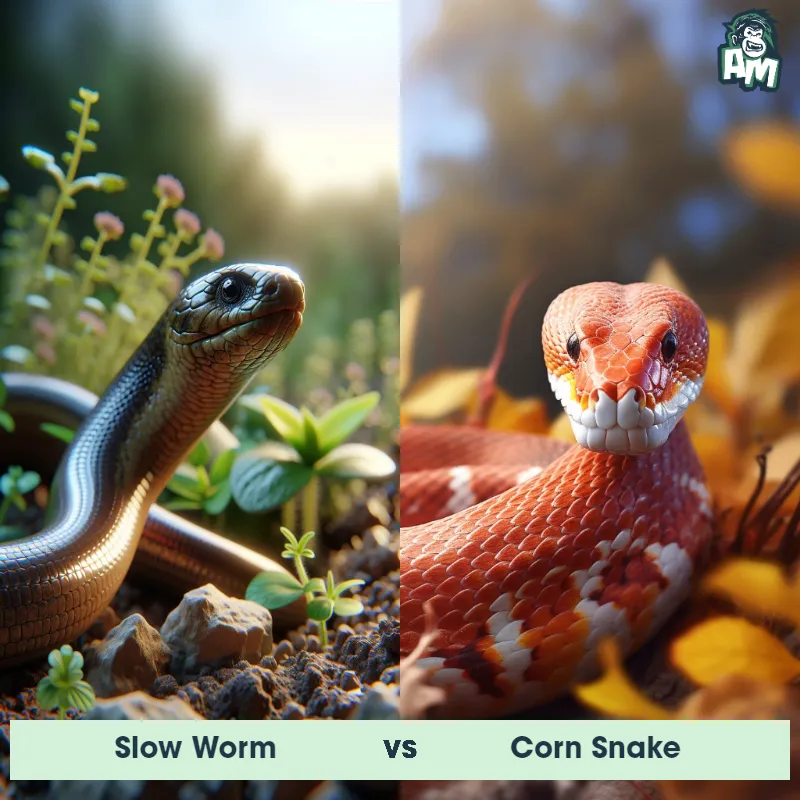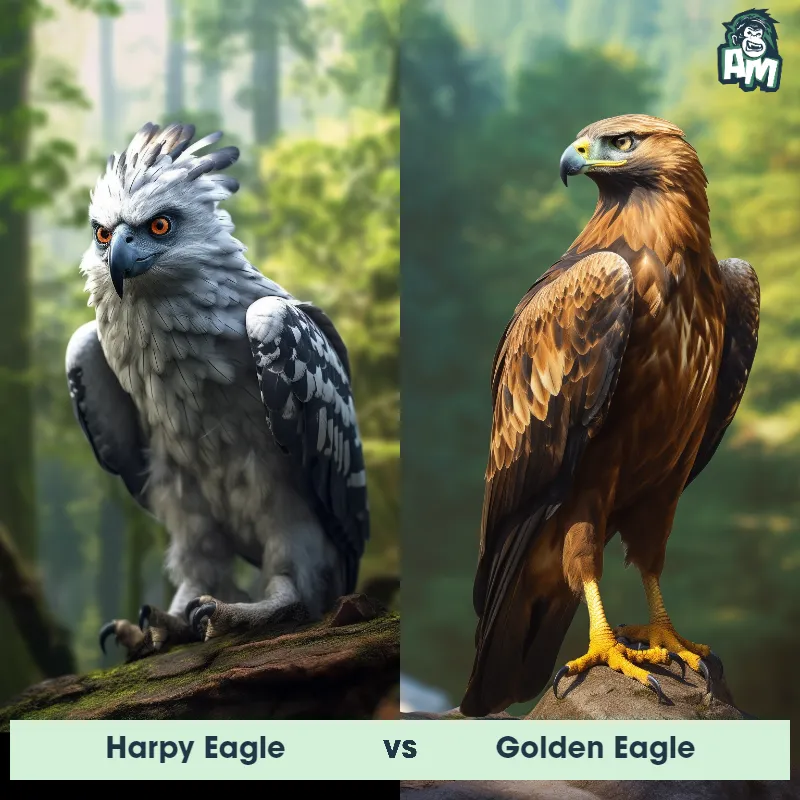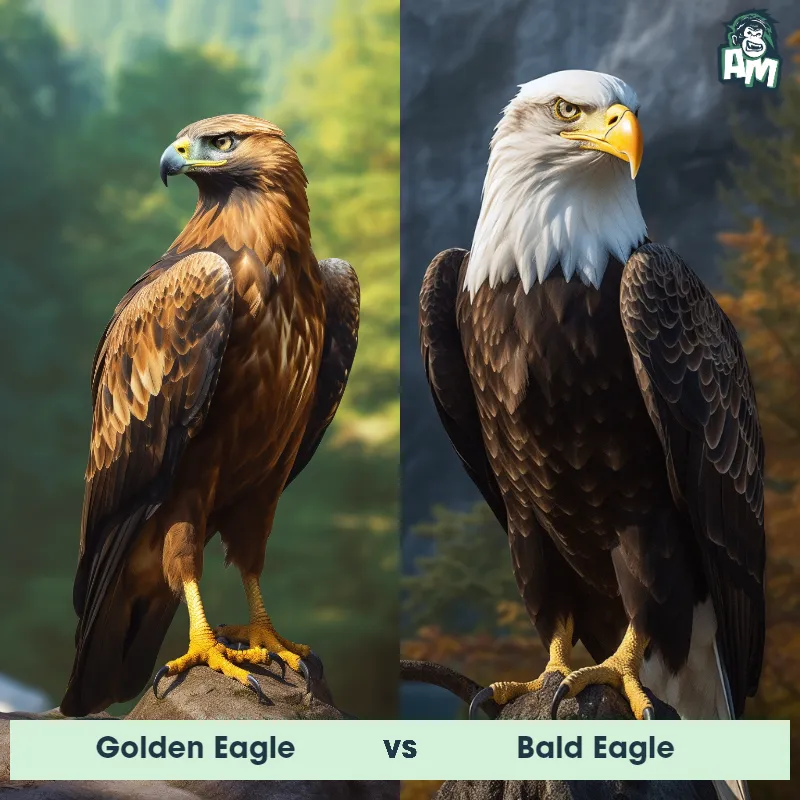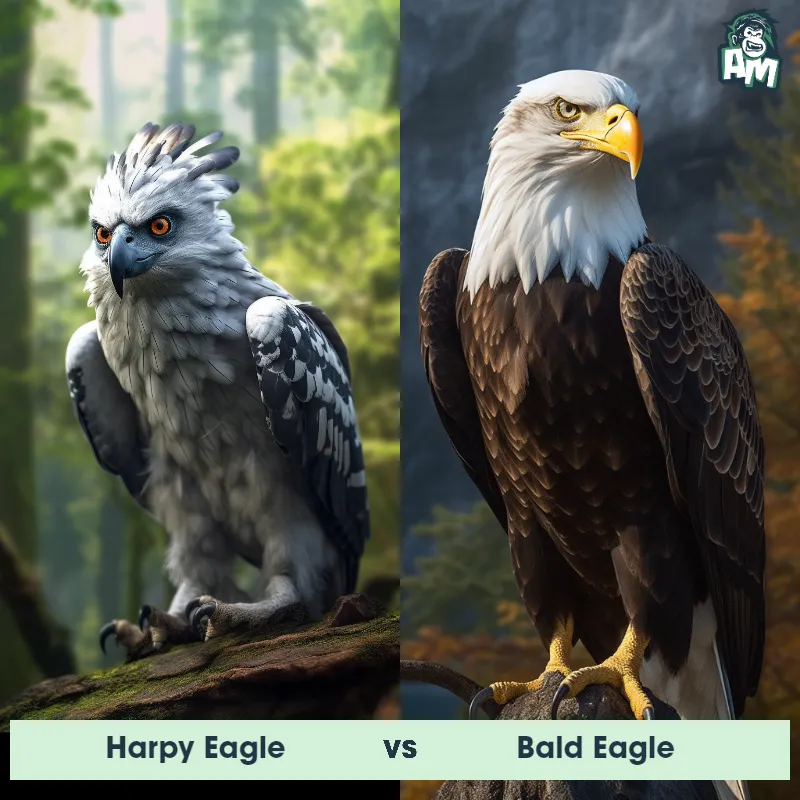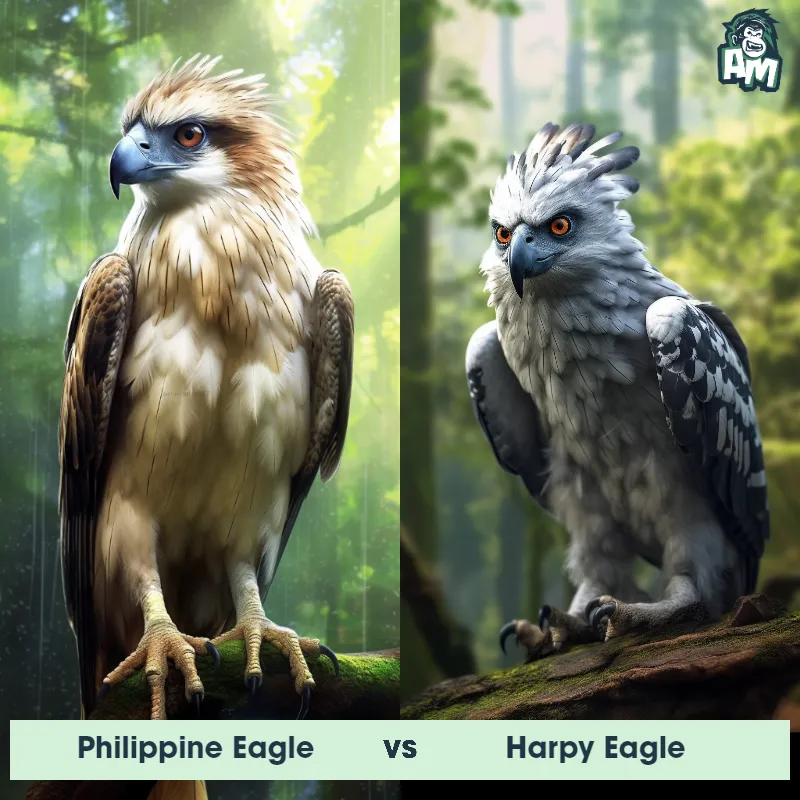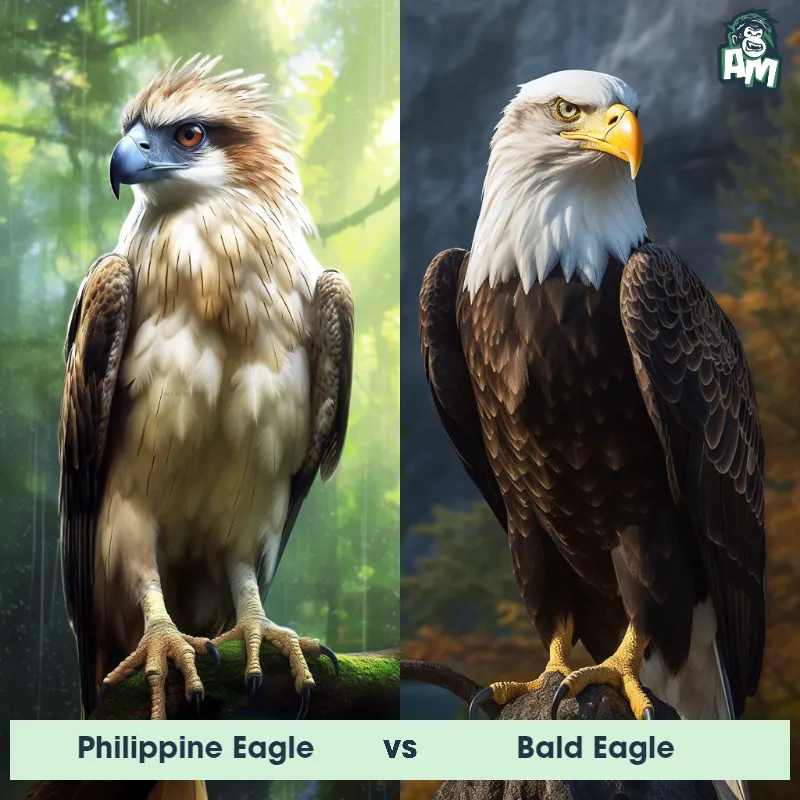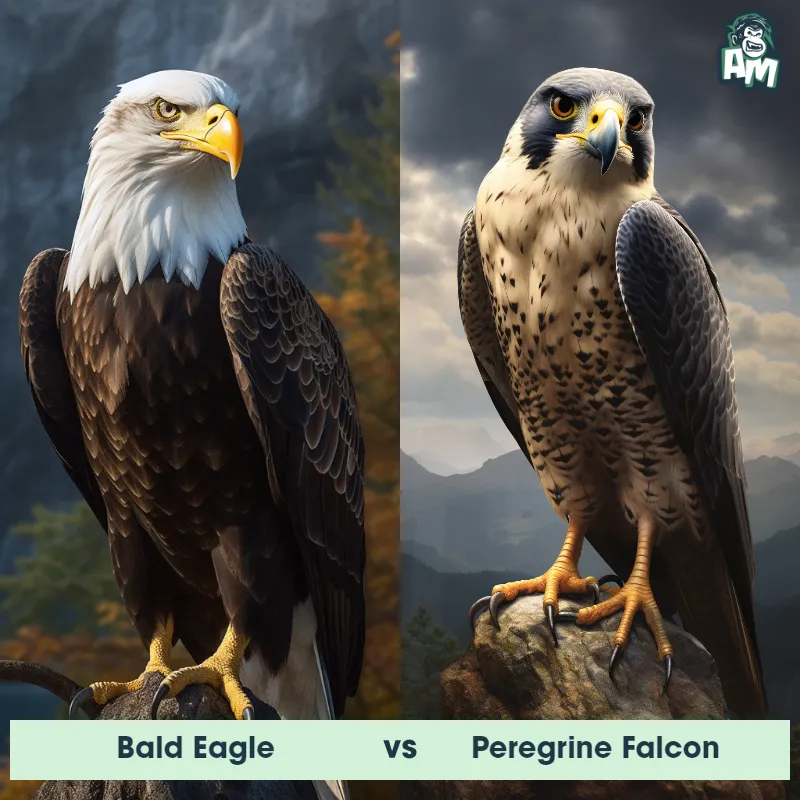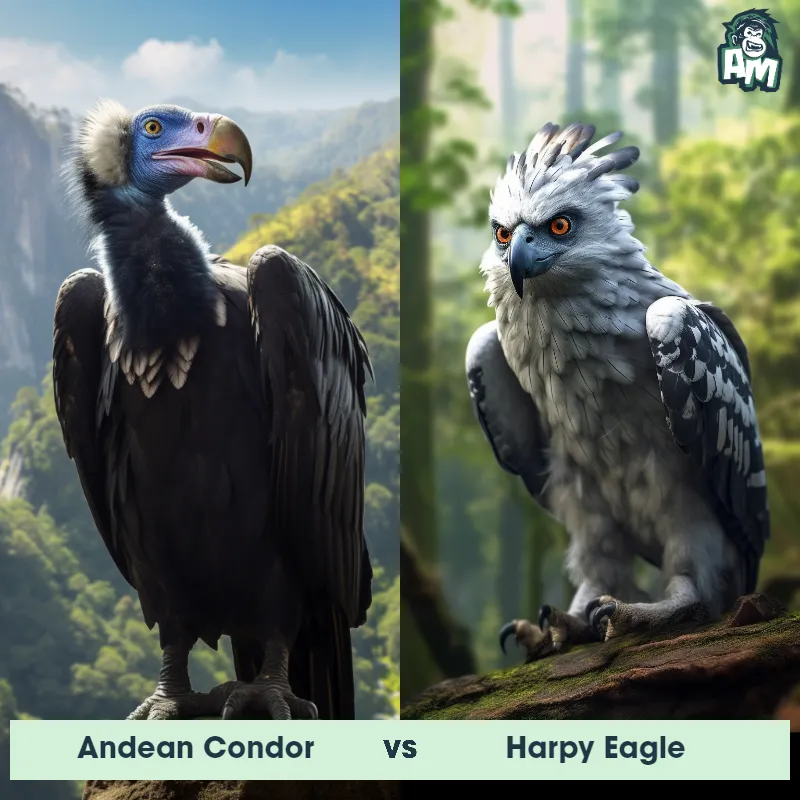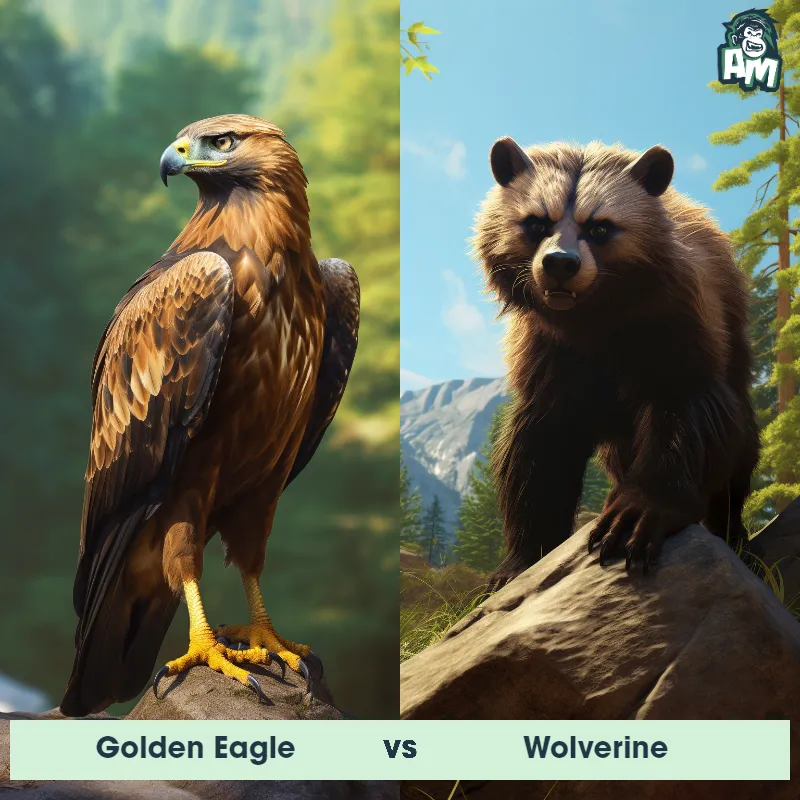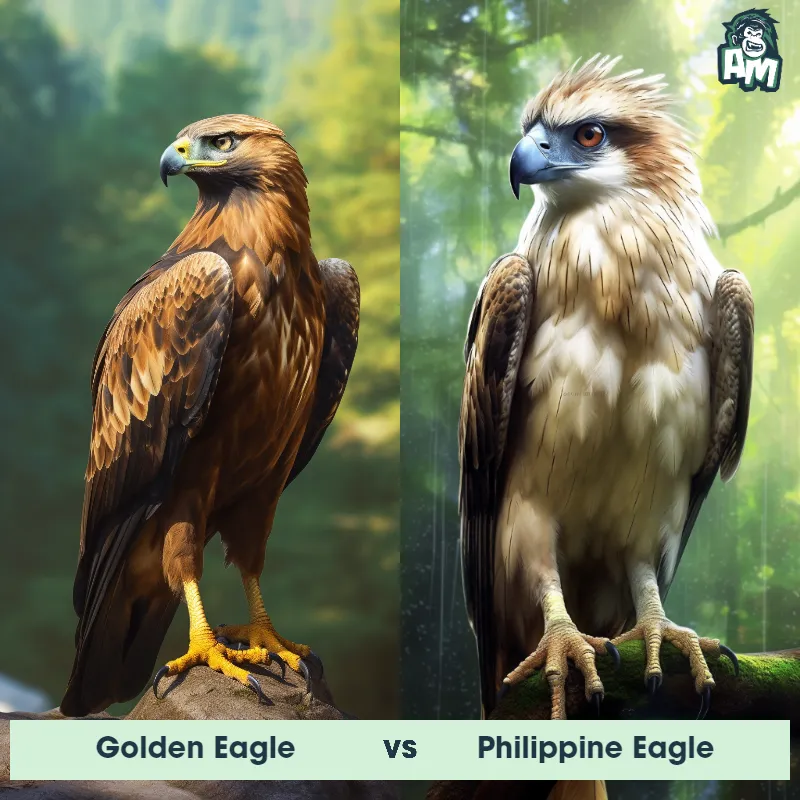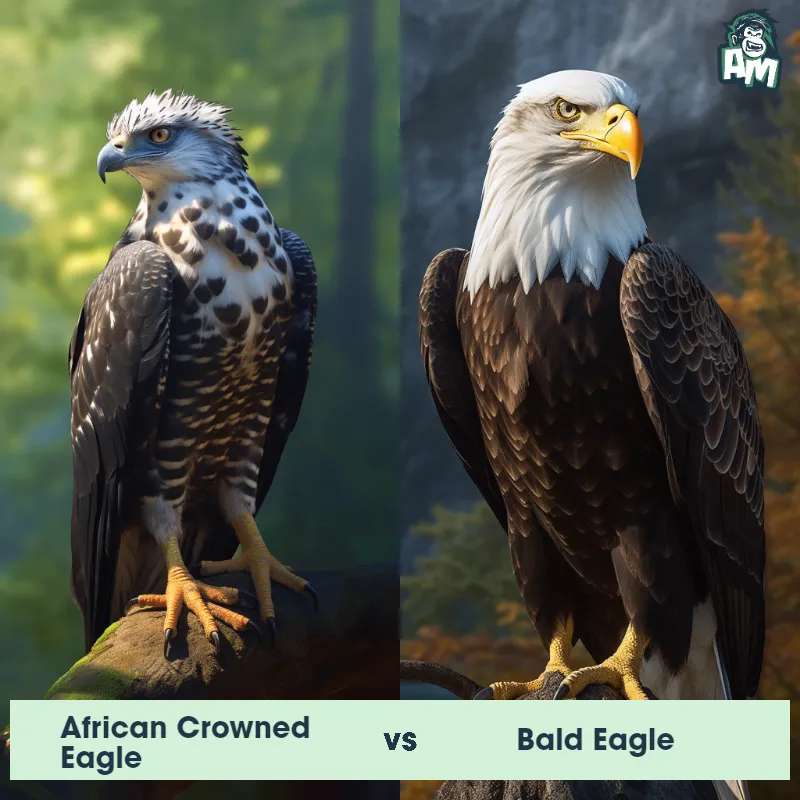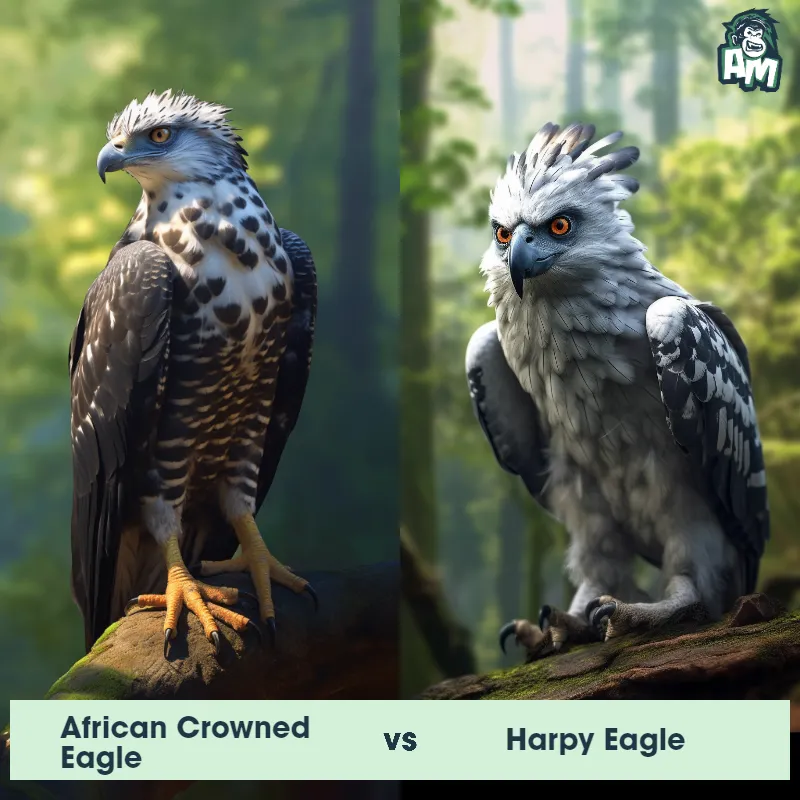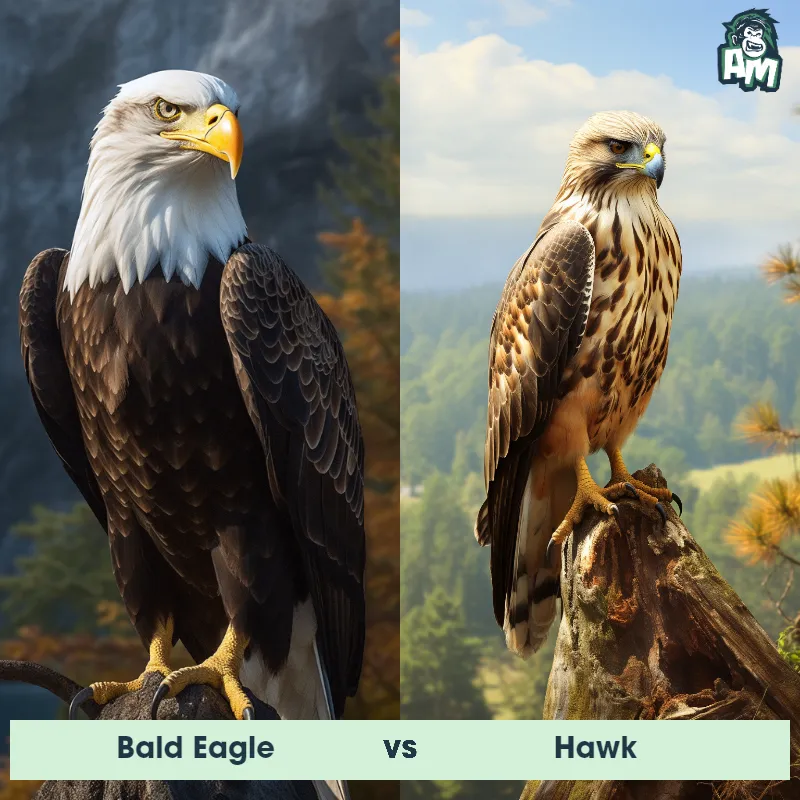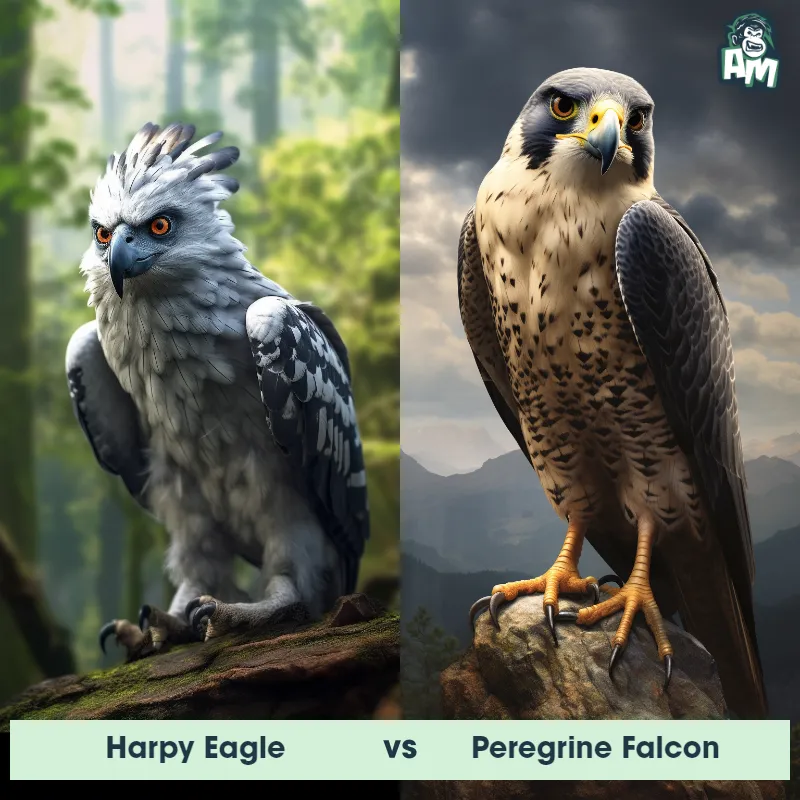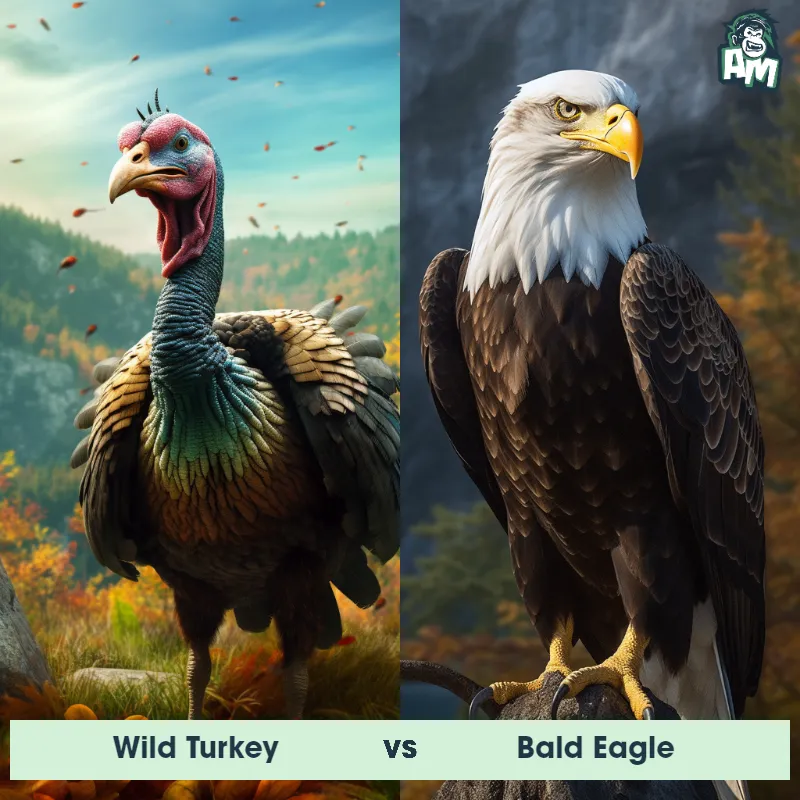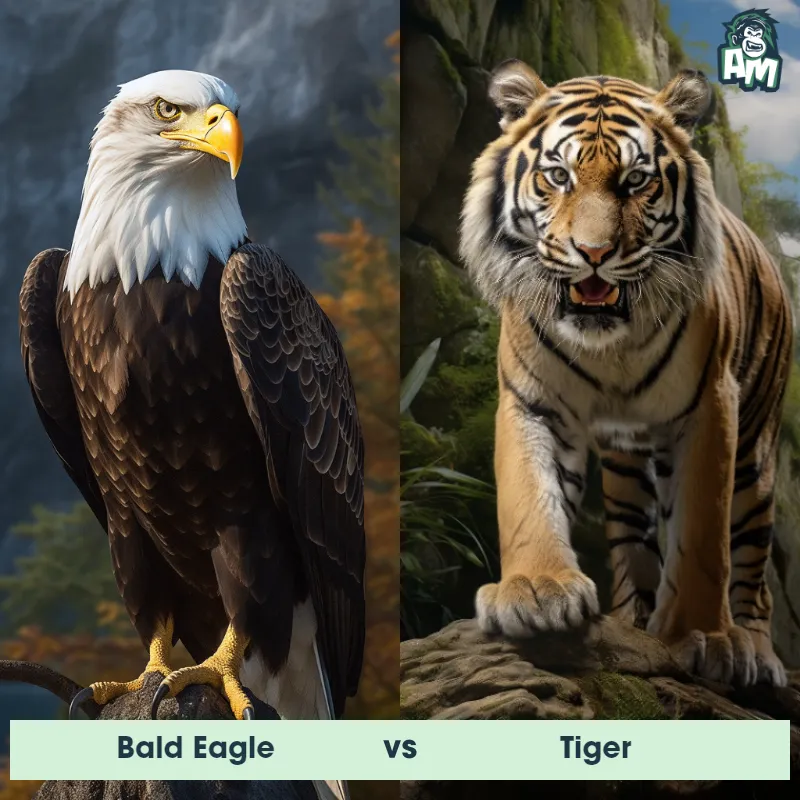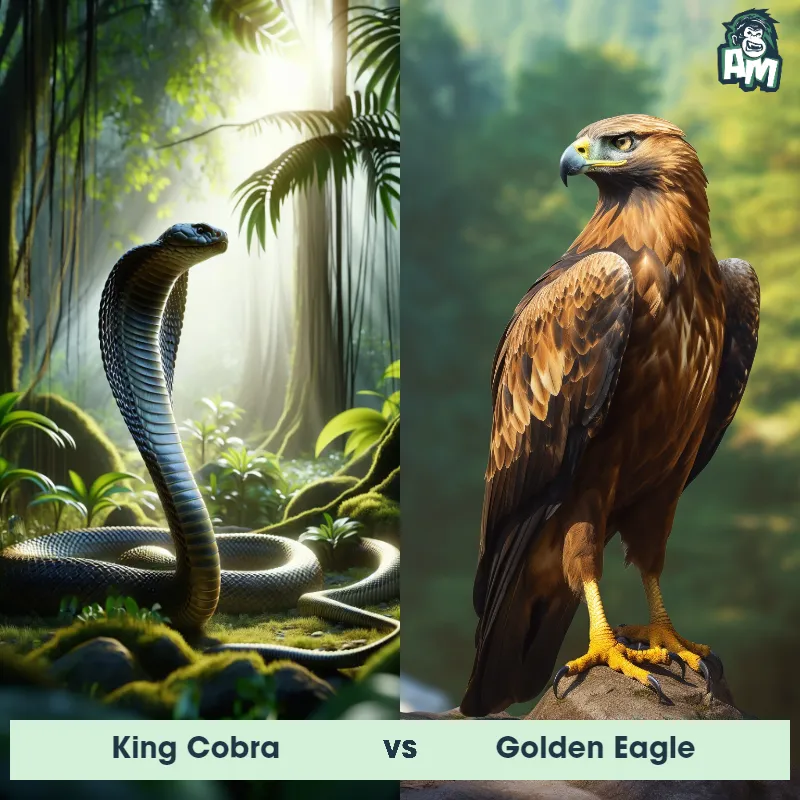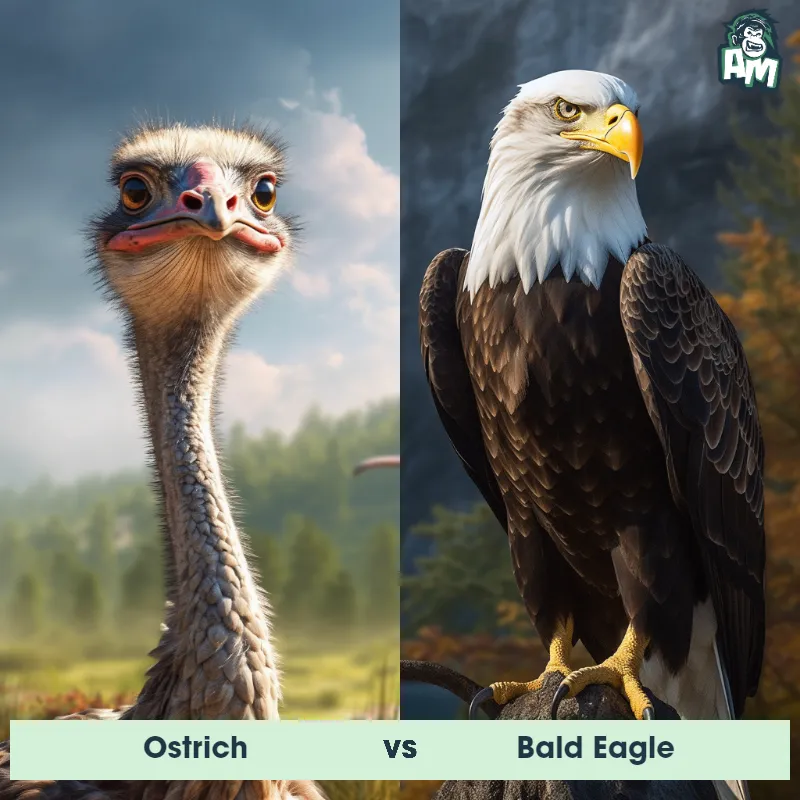Goosander vs Hooded VultureSee Who Wins

Welcome, ladies and gentlemen, to what promises to be an exciting matchup between two fierce competitors. In the blue corner, we have the Goosander, known for its speed and agility in the water. And in the red corner, we have the Hooded Vulture, with its sharp beak and keen eyesight. Both animals are ready to go head-to-head in this three-round battle.
Contender 1: Goosander
The Goosander, also known as the Common Merganser, is a large diving duck that is native to Europe and North America. It has a streamlined body and a long, narrow bill which is serrated for catching fish. The males have a striking appearance with a dark green head, a white body, and a rusty red breast. The females, on the other hand, have a gray-brown body with a reddish head. These birds are highly skilled divers, using their webbed feet to propel themselves underwater in search of prey. They are migratory and can be found in lakes, rivers, and estuaries.
Fun Fact: One fascinating fact about the Goosander is that they have the ability to lay their eggs in the nests of other ducks, a behavior known as brood parasitism. This means that the female Goosander may lay her eggs in the nest of a different species, tricking the host duck into incubating and raising her young alongside their own.
Contender 2: Hooded Vulture
The Hooded Vulture, scientifically known as Necrosyrtes monachus, is a medium-sized bird of prey found in sub-Saharan Africa. It has a distinctive appearance with a black plumage covering its body, a featherless, wrinkled head, and a prominent, hooked beak. These vultures have a wingspan of about 150-160 cm and weigh around 1.2 to 2.6 kg. Hooded Vultures play a crucial role in the ecosystem as scavengers, feeding mainly on carrion. They are known for their exceptional eyesight and their ability to detect decaying flesh from high altitudes.
Fun Fact: A fascinating fact about the Hooded Vulture is that it is remarkably social, often gathering in large groups to feed on a carcass. These groups, known as wakes, can consist of hundreds of vultures and attract other scavengers like hyenas and jackals, creating a competitive feeding frenzy.
Matchup Stats
| Goosander | Hooded Vulture | |
|---|---|---|
| Size | 24-28 inches (61-71 cm) in length | Approximately 150-160 cm (wingspan) |
| Weight | 2.2-4.4 pounds (1-2 kg) | 1.2 to 2.6 kg |
| Speed | 50mph (80km/h) | 60mph (97km/h) |
| Key Strength | Agility in water | Unknown |
| Biggest Weakness | Vulnerable on land | Unknown |
Current Votes
Goosander vs Hooded Vulture
See Who Wins
View More Matches
Looking For More?
Similar Matches
Scientific Stats
| Goosander | Hooded Vulture | |
|---|---|---|
| Scientific Name | Mergus merganser | Necrosyrtes monachus |
| Family | Anatidae | Accipitridae |
| Habitat | Lakes, rivers, and estuaries | Savannas, grasslands, and woodlands |
| Geography | Native to Europe and North America | Sub-Saharan Africa |
| Diet | Fish, amphibians, and small crustaceans | Carrion (dead animals) |
| Lifespan | 10 years - 15 years | 15 years - 20 years |
Key Differences between Goosander and Hooded Vulture
- Wing shape: The Goosander has broad, rounded wings for powerful diving and swimming underwater, while the Hooded Vulture has long, slender wings for soaring and gliding in search of food.
- Bill shape: The Goosander has a long, narrow, serrated bill that is designed for catching and eating fish, while the Hooded Vulture has a short, curved bill for tearing apart carrion.
- Color: The Goosander has bright red eyes, a dark green head, white chest, and dark grey body, whereas the Hooded Vulture has a distinct black head, white neck ruff, and brownish-black body.
- Habitat: The Goosander is typically found in freshwater habitats such as rivers and lakes where it can dive for fish, while the Hooded Vulture is commonly found in savannas, grasslands, and forests where it scavenges for food.
- Behavior: The Goosander is a highly social bird that often forms large flocks during the winter months, while the Hooded Vulture is usually seen alone or in small groups when feeding on carcasses.
- Size: The Goosander is a large diving duck with a length of about 20-24 inches, while the Hooded Vulture is a smaller bird of prey with a wingspan of around 5-6 feet.



